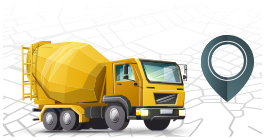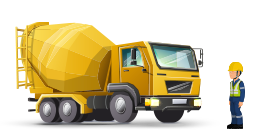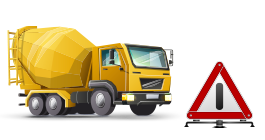
Working with Mobile Plant
Working with plants on construction sites is one of many tasks that need to be practised with caution and for workers to remain on high alert for their safety and those around them.
Mobile plant movement close to pedestrians (whether workers or the public) is a high-risk activity. Reversing plant, in particular, has been responsible for many fatalities and serious injuries in construction work around Australia.
In the last five years in NSW, 10 workers have been killed and over 2000 workers have been injured in incidents involving mobile plants, across various industries. In just the last six months, four workers were killed when they were struck by a moving plant, while one plant operator was killed when they collided with another mobile plant.
Specific Control Measures
Identify the traffic hazards. This should be done in consultation with workers and mobile plant operators, and should include:

1.
Identifying where the mobile plant (including vehicles) is in use

2.
Identifying where a mobile plant might interact with pedestrians or another mobile plant

3.
Identifying potential collision areas with people, another plant, or objects.

4.
Using bollards, barriers, safety rails, exclusion zones etc. to separate pedestrians from moving plants and vehicles,

5.
Using audible and visible alarms to identify moving plants (e.g., reversing alarm, flashing lights),

6.
Using high-visibility garments.
At most sites, a combination of control measures will be required to effectively manage the risks associated with the mobile plant.
